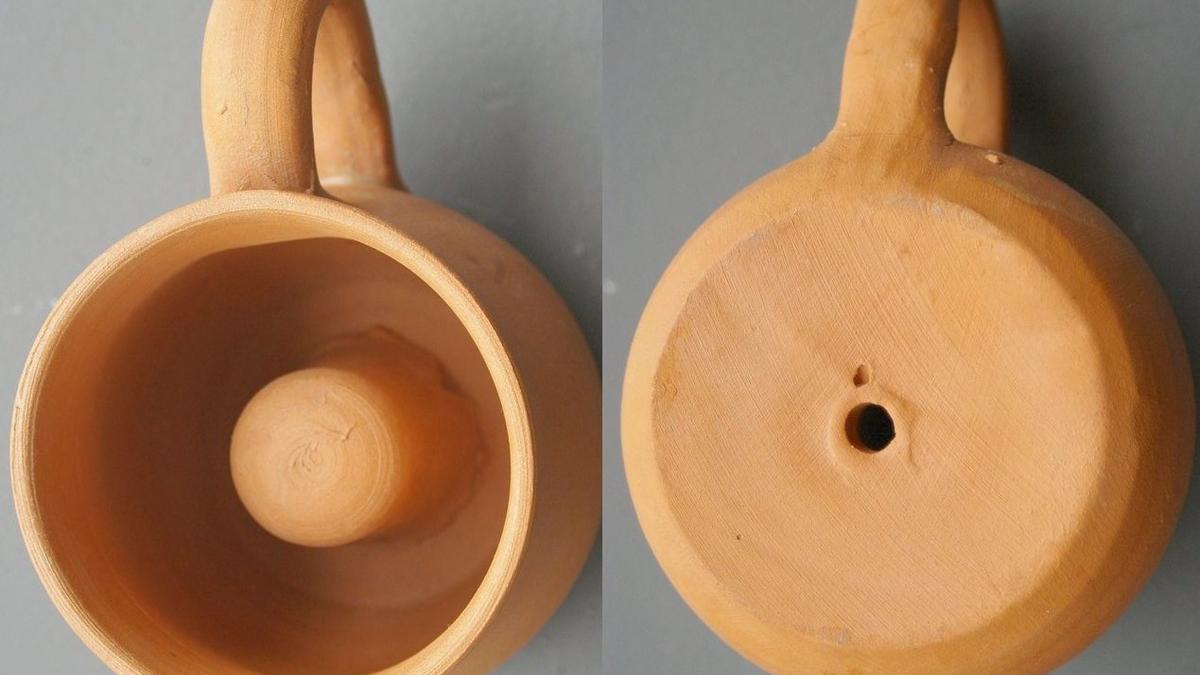
What is a Pythagorean Cup?
The Hindu
The Pythagorean cup stands as a fascinating example of how ancient wisdom and scientific principles can converge in a single object. Said to have been created by the mathematician and philosopher Pythagoras, it offers a timeless lesson on moderation and the consequences of greed.
The Pythagorean cup, also known as the Greedy Cup or the Cup of Justice, is a marvel of ancient engineering and a profound symbol of ethical teaching attributed to the famous Greek mathematician and philosopher, Pythagoras. This seemingly simple drinking vessel carries with it a unique and ingenious design that serves as a practical lesson in moderation and fairness.
The Pythagorean cup is ‘believed’ to have been created by Pythagoras of Samos, a renowned mathematician and philosopher who lived during the 6th Century BC. Pythagoras is best known for the Pythagorean theorem, but his contributions extended far beyond mathematics into the realms of philosophy, astronomy, and ethics. The Pythagorean cup, in particular, reflects his interest in integrating moral lessons with everyday objects.
Pythagoras designed this cup to illustrate the principle of moderation, a central tenet of his philosophical teachings. In ancient Greece, the concept of “nothing in excess” was highly valued, and the cup in question was a tangible demonstration of this idea.
Although we are not completely certain if Pythagoras actually invented this cup, it is important to note that this type of vessels were very popular for many centuries after his demise. For example, in 2012, archaeologists excavating around Vinkovci in eastern Croatia uncovered a Roman version of the Pythagorean cup dating from the 4th Century AD, with a notable twist: it featured a sculpture of the Greek mythological figure Tantalus. This is why this cup is also known as the Tantalus cup.
Tantalus is a figure in Greek mythology who was punished by the gods for his hubris (pride) and crimes. Tantalus was condemned to stand in a pool of water (in the underworld) beneath a fruit tree with low branches. Whenever he reached for the fruit, the branches would lift away, and whenever he bent down to drink, the water would recede. This eternal punishment gave us the term “tantalising,” which describes something that is perpetually out of reach.
The Tantalus cup’s mechanism mirrors the plight of Tantalus. Just as Tantalus could never quench his thirst, the user of the cup loses their drink if they try to overindulge. This clever reference highlights the cup’s dual role as both a practical joke and a moral lesson.
At first glance, the Pythagorean cup looks like any other drinking vessel, but its ingenuity lies hidden within. The cup features a column rising from the centre of the bowl, which is connected to a hidden pipe that runs through the stem and exits at the base. This central column is the key to the cup’s function.





















 Run 3 Space | Play Space Running Game
Run 3 Space | Play Space Running Game Traffic Jam 3D | Online Racing Game
Traffic Jam 3D | Online Racing Game Duck Hunt | Play Old Classic Game
Duck Hunt | Play Old Classic Game











